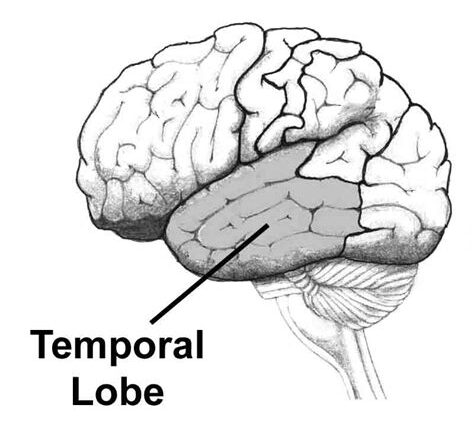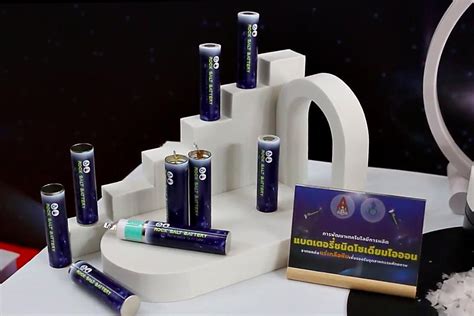“Depending on the type of system and filter used, air conditioning may modify the impact of smoke exposure on human health,”
Wildfires have long been a menacing threat, casting a shadow of danger over communities in their path. But what if the risks associated with wildfires extended beyond the immediate flames and into our homes through the very air we breathe? Recent research led by Boston University School of Public Health has shed light on a concerning connection between limited access to air conditioning and an increased need for emergency care following exposure to wildfire smoke.
The study, which delved into data from California’s wildfire seasons spanning 2012 to 2019, identified a disturbing trend. Individuals living in areas where air conditioning was less prevalent faced significantly higher rates of seeking emergency department care for various health issues triggered by exposure to fine particle matter (PM2.5) from wildfire smoke. This revelation underscores the crucial role that simple amenities like air conditioning can play in safeguarding public health during environmental crises.
“Studies like these will become more and more relevant as wildfire exposure increases.”
Dr. Jennifer Stowell, the lead researcher behind this eye-opening study, emphasized how essential it is to understand the interplay between air conditioning availability and wildfire smoke exposure effects on human health. With wildfires growing in frequency and intensity due to climate change, this relationship takes on even greater significance as communities brace themselves for heightened fire risks year after year.
As Dr. Stowell pointed out, not all air conditioning systems are created equal when it comes to filtering out harmful pollutants like PM2.5 from indoor spaces. High-efficiency filters such as HEPA filters stand out for their ability to trap tiny particles effectively, offering a layer of defense against airborne contaminants that accompany wildfire smoke. However, affordability remains a key concern since these advanced filters come at a premium compared to standard options.
“WUI fires are particularly concerning due to the burning of human-made structures…”
Furthermore, Dr. Stowell highlighted how communities residing in Wildland-Urban Interface (WUI) areas face unique challenges during wildfires due to close proximity to combustible materials like vegetation and structures. As witnessed during ongoing fire outbreaks such as those ravaging Los Angeles County, WUI fires pose an elevated risk not only from natural fuel sources but also from toxic substances released when man-made structures burn.
In light of these findings, policymakers are urged to consider broader dissemination of information regarding filter types and efficiency ratings among homeowners in fire-prone regions. Additionally, there is a call for targeted support mechanisms aimed at economically disadvantaged populations who may bear a disproportionate burden of health impacts stemming from wildfire smoke exposure.
Collaborative efforts involving local and state governments are deemed vital in proactively addressing these challenges before wildfires strike again. By implementing strategic plans focused on reducing community exposure risks well ahead of fire season peaks, authorities can take significant strides towards protecting vulnerable populations while fostering resilience in the face of escalating climate-related threats.
The critical link unveiled between access to air conditioning and emergency care needs post-wildfire serves as a stark reminder that combating environmental hazards requires not just reactive responses but proactive measures rooted in community welfare and scientific insights.











Leave feedback about this